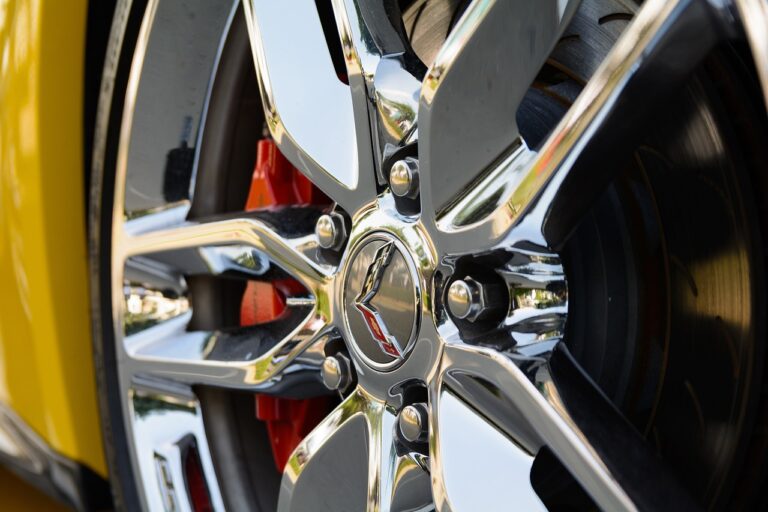The Influence of Industrial Design on Car Interior Layouts and Components
In the early days of automotive history, car interiors were primarily utilitarian, featuring basic functionality and durability. Drivers and passengers sat on rigid, bench-style seats with minimal cushioning, surrounded by metal and hard plastics. There were limited creature comforts, as design emphasis was placed on structural integrity and mechanical performance rather than aesthetic appeal.
As automotive technology advanced and consumer demands evolved, car interior design underwent a significant transformation. Manufacturers began prioritizing comfort and style, incorporating softer materials like leather, wood, and premium fabrics into interior surfaces. Ergonomics also became a key focus, with designers carefully considering the placement of controls, instruments, and seating to optimize user experience and convenience.
Innovative Materials Used in Car Interiors
The use of innovative materials in car interiors has been a game-changer in the automotive industry. From luxurious leather to high-tech carbon fiber, car manufacturers are pushing the boundaries to enhance the look and feel of car cabins. These materials not only add a touch of sophistication but also improve durability and performance.
One such material that has gained popularity in recent years is Alcantara. This synthetic microfiber fabric provides a luxurious and suede-like feel, offering a premium alternative to traditional materials. Its durability and stain-resistant properties make it a popular choice for upscale car brands looking to elevate the overall aesthetic of their interiors.
What are some examples of innovative materials used in car interiors?
Some examples of innovative materials used in car interiors include carbon fiber, Alcantara, vegan leather, and recycled plastics.
How have car interiors evolved over time?
Car interiors have evolved from simple designs with basic materials to more luxurious and technologically advanced spaces, with a focus on comfort, functionality, and sustainability.
What benefits do innovative materials offer in car interiors?
Innovative materials offer benefits such as increased durability, lighter weight, eco-friendliness, and enhanced aesthetics in car interiors.
Are there any drawbacks to using innovative materials in car interiors?
Some drawbacks to using innovative materials in car interiors may include higher costs, limited availability, and potential issues with maintenance and repair.





